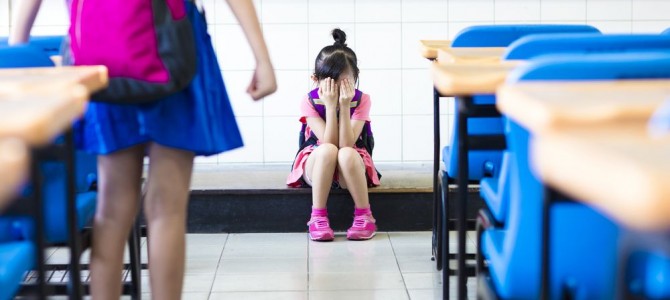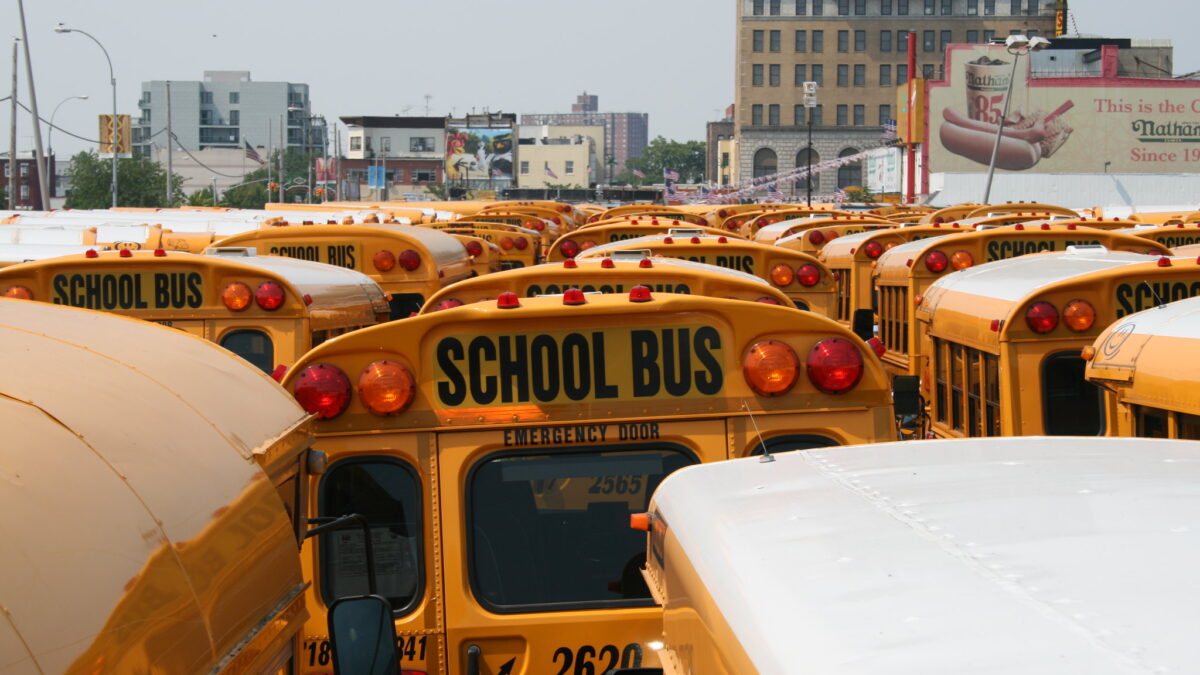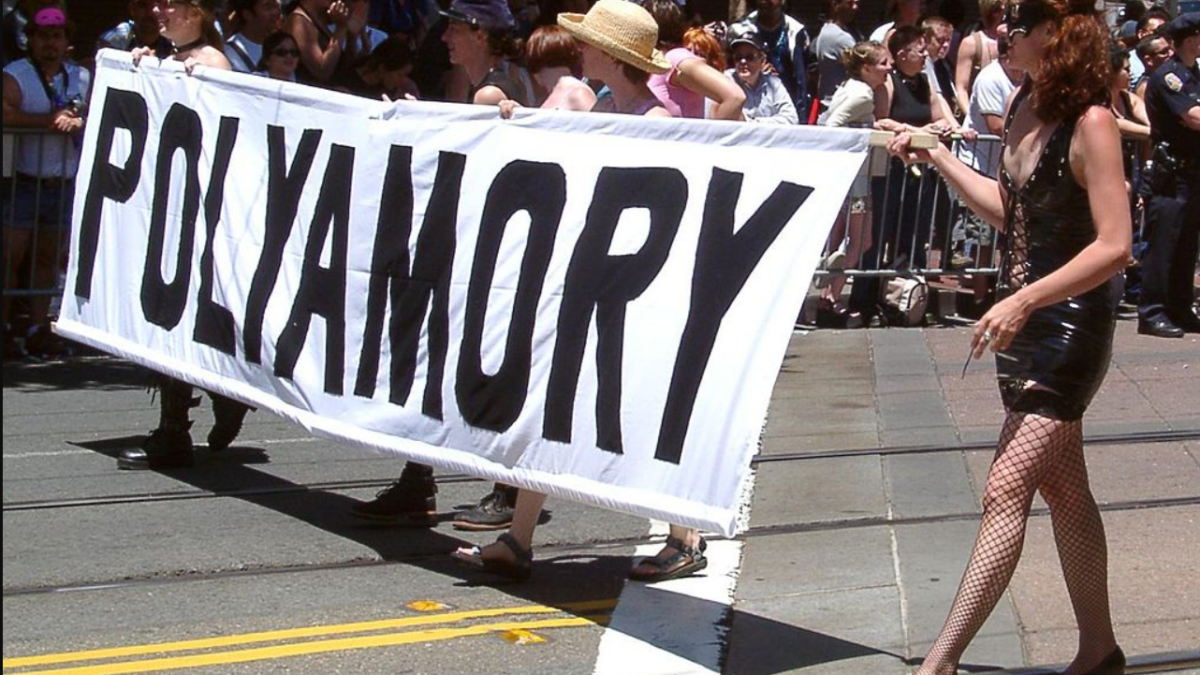
Schools in St. Paul, Minnesota, are out for the summer, and kids are basking in the rare Minnesota sun. As families head to the lake, there’s an overwhelming sense of relief that school is over.
But this is not the usual end-of-school rejoicing, for it hasn’t been an ordinary year in St. Paul. Just days after the last school bell rang, a dramatic uprising of teachers, parents, and school board members ousted Superintendent Valeria Silva.
Silva’s approach to school discipline sparked the revolt. Her policies, initiated in 2010, launched the St. Paul schools on a downward spiral of chaos and violence. In December 2015, Ramsey County attorney John Choi labeled the situation “a public health crisis.” In 2015, assaults on teachers in St. Paul schools reported to his office tripled compared to 2014, and were up 36 percent over the previous four-year average.
Teachers, Students Fear for Their Safety
On Silva’s watch, the city’s high schools have become menacing places where gangs of out-of-control teens prowl the halls, and “classroom invasions” by students settling private disputes are commonplace.
Tumultuous brawls are a fact of life. Today, fights that “might have been between two individuals” can grow into “melees involving up to 40 or 50 people,” according to Steve Linders, a St. Paul police spokesman. Roving packs often attack individuals, and police have had to use chemical irritants to break up what they call “riots.”
Teachers fear for their safety. In the last school year, a vicious student assault landed one in the hospital with a traumatic brain injury. Another was punched repeatedly in the chest, while another required staples for a head wound. One high school has issued emergency whistles to teachers and assigned a guard to every floor. A teacher who was crushed into a shelf in a classroom invasion now instructs her students to use a “secret knock” to enter her classroom, according to City Pages.
Anarchy also reigns at many elementary schools. A teacher caught between two fighting fifth-grade girls was knocked to the ground with a concussion. In the St. Paul Pioneer Press, former fourth-grade teacher Aaron Benner described young kids running screaming through the halls, cussing out teachers, and attacking classmates. “Safety was my number one concern, not teaching,” he wrote.
Using Race as a Weapon for Inequality
The discipline policies that gave rise to this chaos sprang from Silva’s embrace of “racial equity” ideology. In St. Paul, as across the nation, black students as a group are referred for discipline at higher rates than their peers. Silva made eliminating this racial gap a top priority.
In Silva’s view, the gap is caused by teachers’ racial bias and cultural insensitivity, not by higher rates of misconduct by black students. She mandated “white privilege” training for all district personnel, eliminated “continual willful disobedience” as a suspendable offense, and shifted many special education students with behavior problems—students who are disproportionately black—to mainstream classrooms. Now unruly kids just chat with a “behavior specialist” or are shifted to another classroom to act up again.
Silva also pressured schools to deal internally with infractions such as assault, sexual violence, and drug possession, rather than reporting student offenders to police. Her goal was to end what has been called “the school to prison pipeline” for black students. One irate mother told the Pioneer Press that, after her middle-school son was cut with an X-Acto knife, a school official told her contacting the police was up to her.
As Silva’s new discipline regime took hold, reading and math scores dropped and headlines about assaults on teachers appeared with disturbing frequency. Yet instead of reconsidering, her administration moved quickly to control public relations damage. For example, district officials attempted to silence teacher critics by accusing them of having “issues with racial equity,” one veteran teacher told City Pages. Benner, an outspoken critic who is black, told City Pages that district leaders pushed him out of his school and fired his aide. Benner now works at a charter school.
In December 2015, teachers threatened to strike over mounting safety concerns. “Do students and staff deserve to come to work every day and not expect to be assaulted?” demanded Denise Rodriguez, president of the St. Paul Federation of Teachers. “Teachers want to know who has our back with this violence.” Meanwhile, St. Paul families of all races began flooding into charter and suburban public schools, taking millions of dollars in state aid with them.
Now the Same Rules are Nationwide
In November 2015, St. Paul voters overwhelmingly elected a majority of Silva opponents to the school board. Several months later, parents launched a petition demanding Silva’s resignation, and black, white, and Asian community leaders issued the same call in the Pioneer Press. Finally, on June 21, 2016, the school board announced Silva’s departure after buying out her contract at a cost of almost $800,000.
Not everyone was happy: School board member Jean O’Connell promptly resigned, protesting what she called the board’s “destructive and cynical” behavior. “We must refuse to allow the board to let up on racial-equity efforts,” she wrote in the Minneapolis Star Tribune.
Fortunately for St. Paul’s children, the city’s parents and teachers were able to hold Silva democratically accountable. But the federal government is now imposing Silva-style “racial equity” discipline policies on school districts around the country under a “disparate impact” interpretation of civil rights law. When these districts experience increased violence and disorder, citizens there will be powerless to stop the debacle.
The greatest victims will be the poor and minority children in whose names these policies are imposed, but who will now be expected to learn in a chaotic environment where learning has become impossible.









